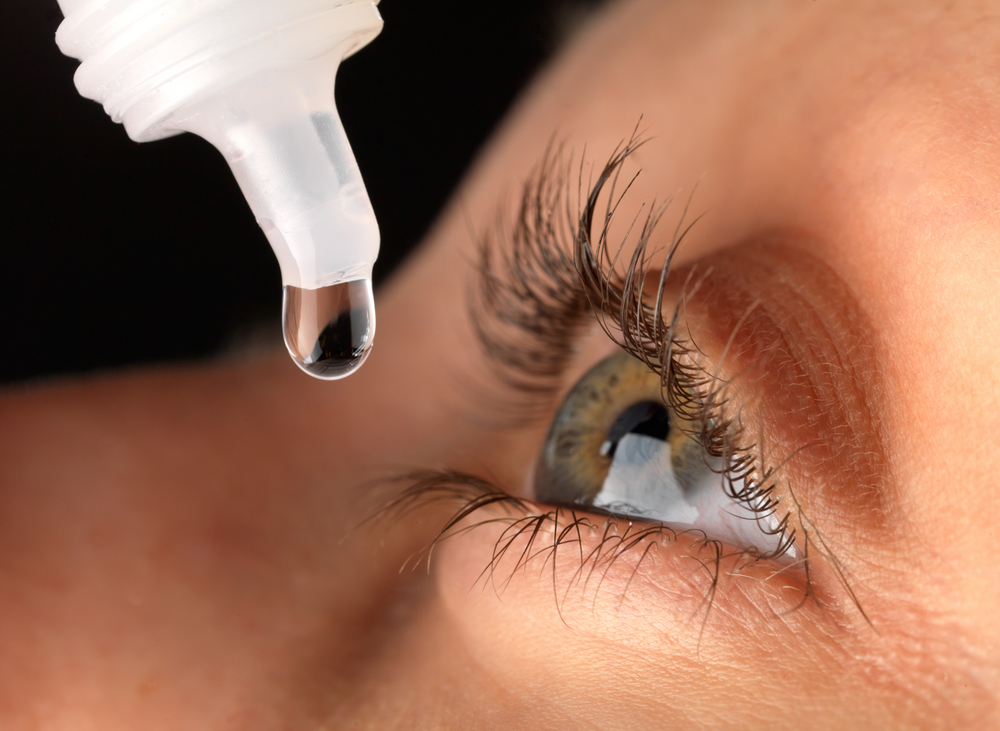Myopia, or nearsightedness, has become increasingly common in children worldwide. With this rise, parents and eye care professionals are searching for effective ways to slow its progression. Low-dose atropine eye drops have emerged as one of the most promising treatments. But a question many parents ask is: Is atropine safe for long-term use in children?
What Is Atropine and Why Is It Used?
Atropine is an eye drop traditionally used in higher concentrations to dilate the pupils during eye exams. However, researchers discovered that in much lower concentrations (typically 0.01%–0.05%), atropine can slow the progression of myopia in children. Unlike glasses or contact lenses, which correct vision, atropine helps manage the condition by reducing how quickly the eye grows in length.
What the Research Shows About Long-Term Use
Multiple studies, including the landmark ATOM (Atropine for the Treatment of Childhood Myopia) and LAMP (Low-Concentration Atropine for Myopia Progression) trials, provide strong evidence supporting the safety and effectiveness of low-dose atropine over extended periods:
Safety Profile: Low-dose atropine has minimal side effects compared to higher doses. Most children experience no significant issues with light sensitivity or near vision.
Sustained Benefits: Research shows that children who use atropine consistently for several years have slower myopia progression and lower risk of developing high myopia.
Rebound Effects: Some studies note a mild rebound (increased progression) after stopping atropine. However, this effect is significantly less in low-dose treatments and can often be managed with continued monitoring.
No Long-Term Harm Identified: Clinical trials lasting up to five years have not revealed harmful long-term effects on eye health or development.
Factors Parents Should Consider
While atropine appears safe and effective, it’s important for parents to remember:
Each child’s eyes are unique, and treatment should be customized.
Regular follow-up visits with your optometrist ensure effectiveness and address any side effects.
Atropine is often used in combination with other myopia management strategies, such as lifestyle changes and specialty lenses.
Take the Next Step for Your Child’s Vision
Current research strongly supports the safety and effectiveness of low-dose atropine for long-term use in children with myopia. While no treatment is entirely risk-free, the benefits of slowing myopia progression and protecting long-term eye health make atropine an important option worth considering.
At Premier Eye Care Optometry, we’re committed to helping children maintain healthy eyesight with the latest in myopia management treatments. If you’d like to learn whether atropine could be right for your child, schedule a pediatric eye exam today. Visit our office in San Bernardino, California or call (909) 757-0700 to book an appointment.











